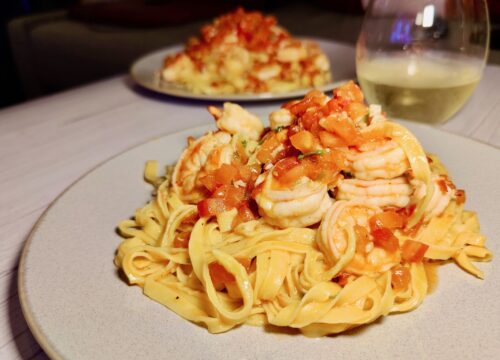
Pan-seared Duck Breast: The Easiest Recipe for Perfect Results
In today’s post, I am delighted to share with you a delightful recipe for pan-seared duck, specifically focusing on cooking duck breast. It was my first attempt at preparing this dish, and I must admit, I felt a bit apprehensive about the outcome of our dinner. However, much to my surprise, the final result turned out to be not only decent but also incredibly flavorful. I highly recommend everyone to give this recipe a try. To cater to smaller portions, I have made slight modifications to the original recipe, adjusting it to yield two servings.
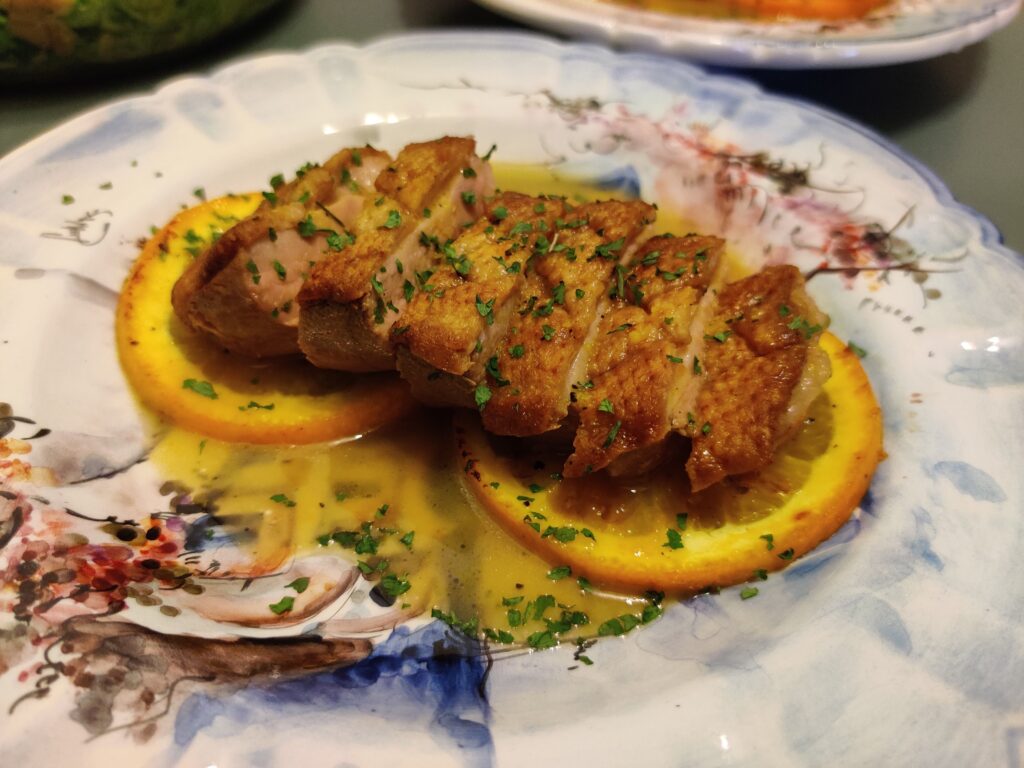
Ingredients (per 2 servings):
- 2 duck breasts
- Salt
- 1/4 cup dry white wine
- 3/4 cups chicken stock with 1 teaspoon powdered gelatin
- 2 tablespoons unsalted butter (2 ounces; 60g)
- 1/4 cup (60ml) freshly squeezed orange juice from 1 orange
- 1 teaspoon freshly grated orange zest
- Freshly ground black pepper, to taste
Shop my ingredients (Hong Kong only):
As a result of the COVID-19 pandemic, my reliance on online grocery shopping has significantly increased. Among the various online supermarkets available, HKTVmall has become one of my top choices. Initially, I primarily utilized online shopping for non-perishable items like tissues and shampoo. However, with social distancing measures becoming the new norm and the desire to avoid crowded places such as supermarkets, I have started exploring their “fresh” offerings, including vegetables and other frozen foods. It has been an interesting experience testing out these items and incorporating them into my shopping routine.
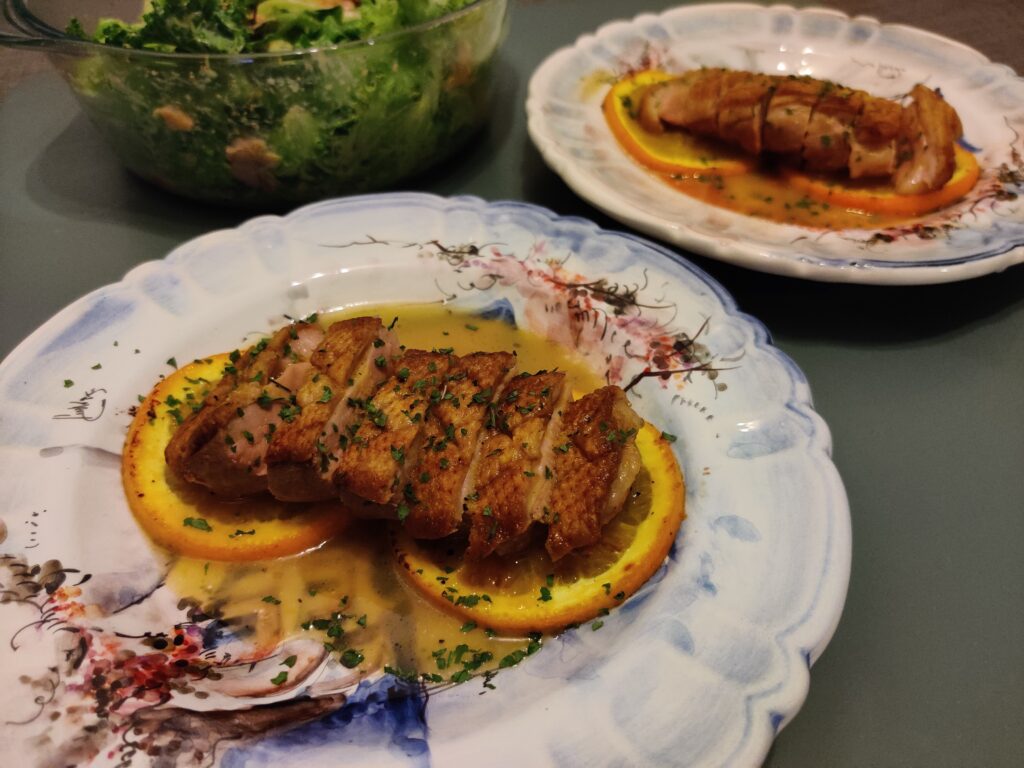
Method:
- With a knife, gently score duck breast skin in a tight crosshatch pattern, keeping the scores 1/8 inch apart. If you prefer a little fat left on the breasts after cooking, just barely score the skin; to render more fat, score more deeply, taking care not to expose the flesh.
- Season duck breasts with salt, heavily on the skin side and lightly on the flesh side.
- Place duck breasts, skin side down, in a large, cold sauté pan. Place pan over low to medium-low heat. To keep the edges from curling up, press duck breasts down with the help of a smaller sauté pan. After about 5 minutes, the fat should begin to gently bubble. If the fat is either silent or spitting, adjust heat accordingly. Maintain the gentle bubble of fat, pouring out excess rendered fat throughout the cooking process, until much of the fat has rendered, skin is golden brown, and duck’s internal temperature is 125°F (52°C), about 15 minutes.
- Increase heat to medium and further brown skin if needed, about 1 minute, before flipping and cooking on the flesh side. For medium-rare meat, cook until breast registers 130°F (54°C) on an instant-read thermometer, about 1 to 2 minutes. Continue cooking until duck registers 140°F (60°C) for medium or 155°F (68°F) for well-done. Remove duck from pan and set aside to rest.
- For the Pan Sauce: Over high heat, deglaze sauté pan with white wine. Scrape up any brown bits stuck to pan and let wine reduce until pan is almost dry and only 1 to 2 tablespoons remain, about 2 minutes. Add chicken stock and let reduce by half, until sauce is sticky and rich, about 2 minutes. Remove sauce from heat and swirl in butter until melted and evenly incorporated. Season sauce with orange juice and zest, salt, and black pepper. Serve with duck breast.
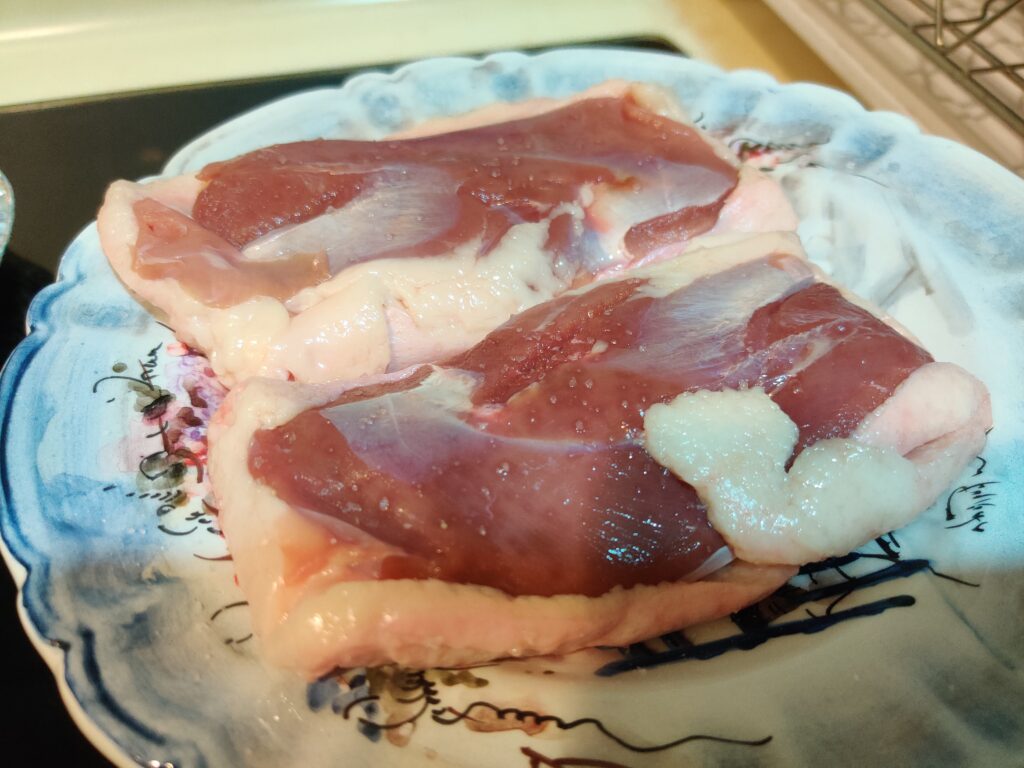
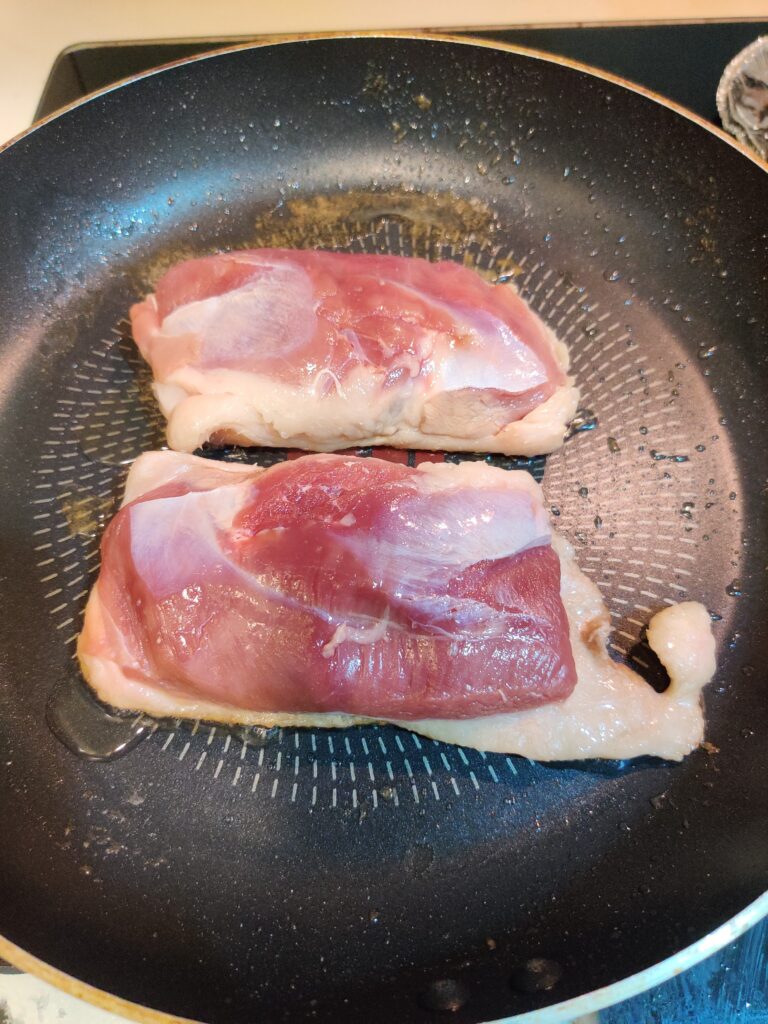
Notes:
- As a novice cook, I found the process of deglazing the saucepan to be rather intimidating. Due to the shallow nature of my pan, when the hot pan made contact with the white wine, the oil splattered vigorously, causing quite a commotion in my kitchen. It was a rather chaotic scene, with oil splatters landing on countertops and even the floor. Reflecting on this experience, I believe that reducing the heat on the pan and gradually adding the white wine sauce could provide better control, allowing for a more controlled reduction of the wine. If any of you have additional tips or suggestions for this particular technique, I would greatly appreciate it if you could share them with me in the comments section!
- To enhance the visual appeal of the dish, I decided to lightly pan fry the orange slices that were delicately arranged beneath the duck breasts. This technique not only imparts a hint of cooking to the oranges but also adds an attractive touch to the overall presentation.
Hope you will also give this pan-seared duck breast recipe a try. For more recipes, please visit my recipe page here.


